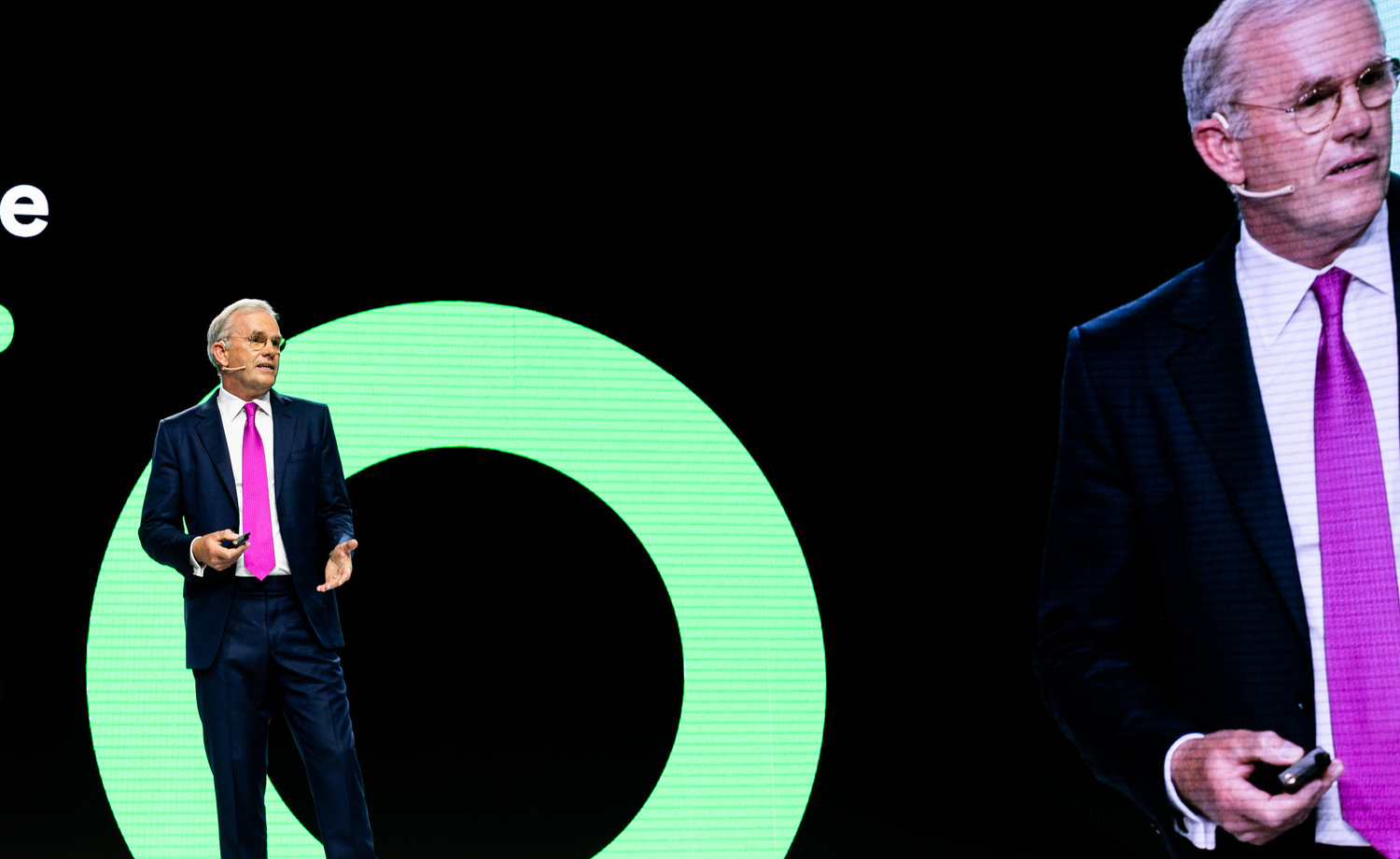Partnering with Oil and Gas in the Race to Real Zero

We can’t do this by ourselves, and it’s not going to be a zero-sum game
Fortescue is a green metals energy and technology company with a market cap of about $70 billion and production of 200 million tons of iron ore. A lot of its product goes into the steel industry, which is one of the highest emitters. So, it created Fortescue Future Industries (FFI) with the intention to become the world’s leading developer of green hydrogen.
Mr. Hutchinson walked the audience through two key things that FFI is doing on its energy transition journey.
Decarbonization
At the United Nations General Assembly in September, FFI committed to be the first industrial company to be real zero by 2030, and it took an unusual and ambitious approach. They told their mining teams that all fossil fuel energy sources would be switched off in 2028 and that the mines would close if no alternatives had been developed by then. Instead of negativity, the result was a lot of great ideas.
The first project they tackled was a train to carry 40,000 tons on a 500 km journey. As it goes downhill, all power is used for breaking, so they replaced the diesel motor with a 70 MW pack of batteries that charges with kinetic energy going downhill. They created an electric train that doesn’t need a recharging station.
Mr. Hutchinson then gave his team 100 days to find an electric solution for the fleet of 450 monstrous haul trucks. They had a prototype within 90 days, which led to FFI buying Williams Advanced Engineering, one of the world’s leading battery systems companies, and partnering with Liebherr for the chassis design. FFI now produces its own trucks—and other mines have even approached them with purchase interest.
“We think this is one of the best investments we’ve ever made,” he said before getting into the economics. Initial investment will be $6.2 billion USD, $3 billion of which they’ll get back before 2030. So, the net investment is $3.2 billion. Then, they’ll get $1 billion a year back in savings. The solution also derisks the company from fuel price fluctuation. “And probably more importantly, it actually allows us access to a wealth of the capital markets in the green world, which we need for the
second part of the business.”
Green Hydrogen
With a commitment to produce 15 million tons of green hydrogen by 2030, FFI is on a mission to show the world that this can be done at scale. The team sees an enormous amount of demand around the world and already has a buyer lined up for 5 million tons.
“We have the same concerns as we did on the decarb side with supply chain. So, some of these things we’re just going to do ourselves. So, electrolyzers, we’re going to open our first 2 GW electrolyzer facility in Queensland.” They’re also investigating wind turbines, solar, batteries, and storage.
“But what’s really clear to us is that we have to partner with you. We have to partner with the oil and gas business.” FFI’s first product will be green ammonia, so it plans to use existing ammonia facilities. It’s also partnering with Baker Hughes to look at geothermal, hydrogen processing, and ammonia processing. They also teamed up with TES looking at ways to use synthetic LNG as a carrier for green methane, which will enable use of existing LNG infrastructure.
In closing, he said “we think that it’s going to really accelerate from now in... and there’s going to be massive opportunity for the oil and gas business in this new world.”

